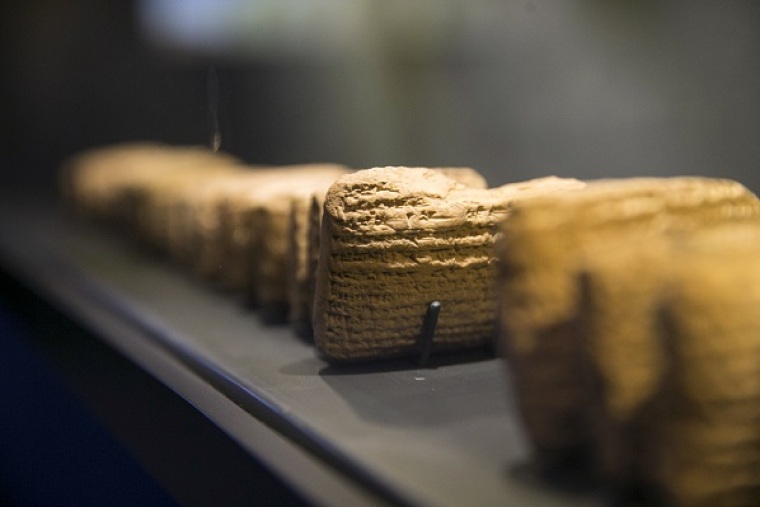Do 2,500-year-old tablets confirm Bible?

JERUSALEM (Christian Examiner) -- About one hundred ancient clay tablets from Babylon dating back 2,500 years corroborate details which confirm elements of the Bible's account of the 70 year exile of Israel.
The clay tablets mention a "village of the Jews" by the river Chebar, a waterway recorded by name in Ezekiel 1:1.
The tablets basically record administrative notes and business transactions related to the Jews' time in Babylon, and have Judaic names recorded in them that may identify central characters of the biblical narrative surrounding the capture of Jerusalem and 70-year exile.
-- Among the familiar names is "Hanan." The sons of a man named Hanan were among the Nethinim who returned from Babylon with Zerubbabel (Ezra 2:46, Nehemiah 7:49). Hanan also was a Levite who assisted Ezra in teaching the law among returnees to Jerusalem (Nehemiah 8:7).
-- A man named "Shaltiel" is listed. In Haggai that is the name of Zerubbabel's father.
-- The tablets also include "Gedalyhu." In Jeremiah, Gedalyhu ben Pashur is the minister to Zedekiah, the last king of Judah before the destruction of Jerusalem (Jeremiah 38:1-6).
Each tablet is inscribed with a date ranging from 572 – 477 B.C., with the earliest written about 15 years after Nebuchadnezzar destroyed the temple, and the last written about 60 years after the first wave of exiles returned from Babylon.
Wayne Horowitz, one of the archaeologists who studied the tablets, says this is the most important ancient Jewish archive since the discovery of the Dead Sea Scrolls, according to Haaretz digital. Until now very little had been known about "the life of the Judean community that had been uprooted from Jerusalem and deported to Babylon."
According to Haaretz, an estimated 80,000 Jews remained in what is now Iraq after the return to Jerusalem to form "what was to become one of the most ancient exile communities in the world, existing for some 2,500 years continuously until 1948."